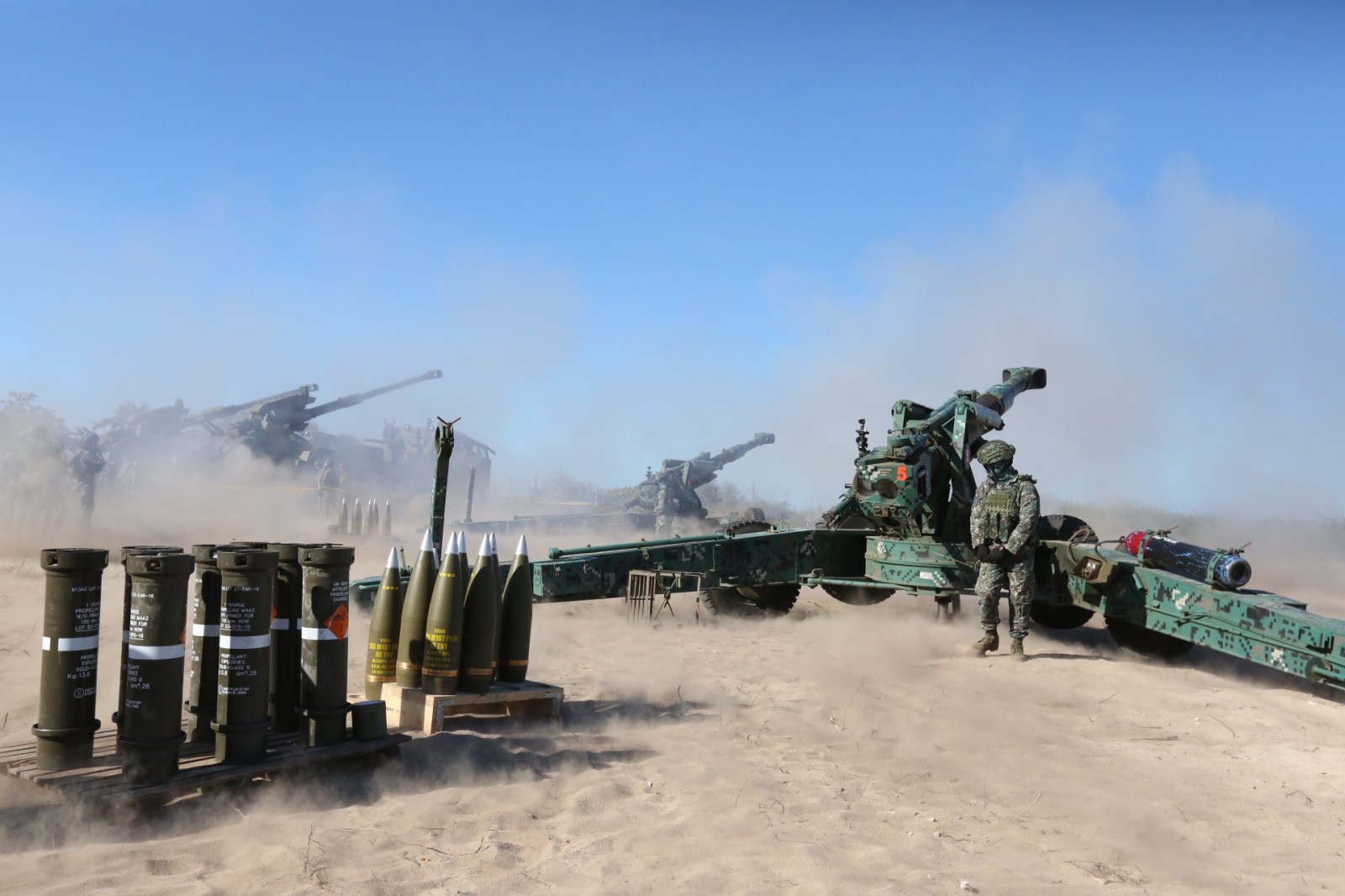AFP expects China 'to watch' as it opens multi-service exercise 'DAGIT-PA'

The Armed Forces of the Philippines (AFP) launched on Monday, Nov. 4, a multi-service exercise involving its major service units namely the Philippine Army (PA), Philippine Navy (PN), and Philippine Air Force (PAF) as well as its Special Operations Forces to boost its capabilities in accomplishing its missions in the sea (dagat), air (langit), and land (lupa).
The AFP Joint Exercise (AJEX) “DAGIT-PA” aims to strengthens the military’s commitment to fortifying the nation’s defenses and enhancing the troops’ operational capabilities, AFP Chief of Staff Gen. Romeo Brawner Jr. said during the opening ceremony at Camp Aguinaldo in Quezon City.
“This exercise provides us with an invaluable opportunity to hone our skills, ensuring the interoperability and effectiveness of our joint forces in the face of evolving security challenges,” he said, noting that it is already the eighth iteration of the exercise.
Managed by exercise director Major Gen. Marvin Licudine and executive agent Col. Michael Logico, the exercise involves more than 3,000 military personnel across the AFP’s major service units. It will also entail the participation of other uniformed services such as the Philippine National Police (PNP) and Philippine Coast Guard (PCG).
The venues for the exercise will be conducted in areas facing the West Philippine Sea (WPS) under the jurisdiction of the Western Command (Wescom), and Taiwan under the supervision of the Northern Luzon Command (Nolcom).
Both locations are strategic as the AFP continues to uphold the country’s territorial sovereignty in the said areas amid China’s intimidating presence.
“Our mission today is very clear, to prepare ourselves comprehensively to respond to any external threats that might challenge our sovereignty. And my dream, ladies and gentlemen, is not just for the Armed Forces to be very competent in defending our nation but my dream is to have the entire Filipino people ready for any eventuality,” Brawner said.
One of the highlights of the exercise is an island retaking drill where the troops will simulate their combined tactics on how to recapture an island seized by enemy forces. There will also be live fire exercises, amphibious counter landing exercises, air defense exercises, joint intelligence surveillance and reconnaissance, and maritime security exercises.
“We have done the contingencies in the planning and of course we expect that our Chinese counterparts will be monitoring us and doing some things maybe, but our planners have planned and prepared for contingencies in the process,” Licudine said.
This was seconded by Logico, who said he expects China to respond the way they usually do: "They have a front seat to the exercise. Manonood sila (They will watch us), yes, and we don't mind."
ISO, external defense integration
Meanwhile, according to Brawner, this year’s exercise will also adopt an operationally focused framework enabling the AFP to simulate their territorial defense plan “Bantay Kalayaan”, which serves as a strategic guidance for the AFP in securing the nation’s territorial integrity and maritime sovereignty, alongside the newly adopted Comprehensive Archipelagic Defense Concept (CADC).
The exercise will also pave the way for the establishment of a new campaign plan that will replace the AFP’s Bantay Kalayaan next year to “incorporate both the internal security operations (ISO) and territorial defense operations”.
Previously, the ISO and territorial defense or external defense are two distinct facets of the AFP’s over-all operations.
“ISO and territorial defense will no longer be separated, this will be integrated for us to be more focused. We know our job and eventually, everybody will be involved in territorial defense wherever you are in the country while we are sustaining the gains that we have had for the internal security operations,” Brawner explained.
Further, this year’s exercise will also mark the introduction of the information warfighter exercise, highlighting the critical need for strategic communications and information operations in modern defense operations.
“As the nature of warfare evolves, we must equip ourselves not only with the physical readiness but also with robust capabilities in the digital and informational domains. In the previous AJEX, we already incorporated with the cyber so we will continue on with that,” Brawner said.